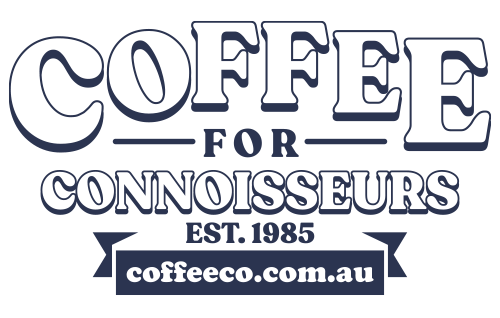October 2018 Newsletter
Coffee prices are much in the news lately. Bumper crops in Brazil and Vietnam have driven down coffee futures to 12 year lows. Which is surprising, since even with bumper crops the demand for Arabica beans (which excludes robusta from Vietnam) is only slightly less than the current supply.
What needs to be understood is that coffee futures prices are part of the commodity coffee market, which is based in New York and more or less under the control of half a dozen major companies. Commodities Futures (including coffee) are financial instruments rather than the real goods they are supposed to be based on. There is a similar Exchange for robusta coffees based in London.
The reason that a bumper crop in Brazil can have such a huge effect on prices, even though it only creates a tiny excess in supply, is quality (or the lack of it.) Commodity coffee is just that. The overwhelming majority of green coffee produced each year is pretty average stuff, to put it mildly. It's used to make instant coffee, coffee flavourings, supermarket coffee, coffee pods and capsules and cheap café blends etc.
Its "best" feature is that regardless of where it's produced it more or less all tastes the same, which makes price the only reason to prefer one origin over another. So when there is more coffee for sale than buyers for it, the lowest price always wins.
There is also a market for medium quality coffees with somewhat more distinctive origin characters. The prices for these coffees have historically been based on the "C" (commodity) market price plus a fixed markup. An example would be a generic Colombian coffee priced at "C + $0.50" per pound. When the commodity price drops, so do the prices of these coffees, which are used in the vast majority of commercial espresso blends.
This doesn't mean that the price of a café latte will drop, since the effect on the cost of the coffee per cup would be at most a couple of cents. If you think about it, most cafes pay around $35.00/kg for medium quality blends, for a cost per cup of say 35 cents. A 10% reduction in wholesale price would only mean a 3 cent reduction in cost per cup.
Specialty coffees, the kinds that you the customers drink, are totally unaffected by "C" prices. Demand for specialty beans always exceeds supply, and roasters have to compete to get hold of them. With the growth of the specialty market and more roasters chasing better coffees, the prices are more likely to go up than down. If you take the auction prices of Panama Gesha beans as an example, they have increased every year as more roasters vie for the limited amounts available.
One of the drivers for the "Farmgate" and "Direct Trade" movements is to ensure that the coffee farmers get the bulk of these increased prices, as with this month's special.
Back in July I promised a "spectacular organic coffee" and that's precisely what this month's special is. We're down to the last 10kg of Timor Maubisse green, and this coffee will take the place of the Timor.
Organic Honduras Recinos
$54.00/kg
Front palate orange zest acidity with a smooth body and a nutty chocolate finish.
The full name of this coffee is FLO-Fairtrade Organic Honduras Selin Edgardo Recinos SHG (COCAFELOL) Natural Microlot, in other words organic, Fairtrade and definitely NOT a commodity coffee.
Until next month
Alan
